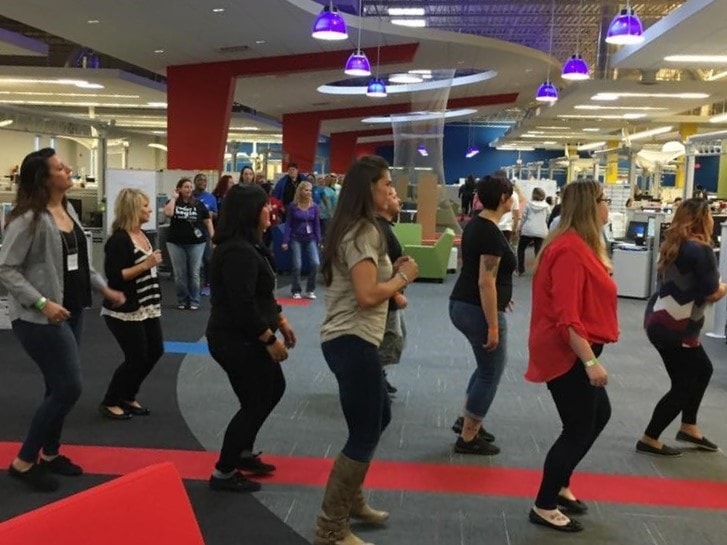Urgent message: Prolonged sitting has been called the “new smoking” causing a host of diseases, making it a concern for both employees and employers.
Alan A. Ayers, MBA, MAcc is Chief Executive Officer of Velocity Urgent Care and is Practice Management Editor of The Journal of Urgent Care Medicine.
Think about your typical workday for a moment: What does it look like? You sit at your desk for a significant period of time, of course. You also are likely to sit in a meeting or two, and you will probably sit down to have lunch.
Sit, sit, sit. While this is easy to accept as an inevitable part of the modern workplace, sitting can be dangerous. The more we sit, the sicker we become, at least according to a growing number of studies.
For some jobs in the healthcare world—such as administrative and billing positions—there is very little to break up the sitting throughout the day. Periods of sitting can easily last for hours, which is great for on-the-job productivity, but not so desirable from a personal health perspective.
To promote overall employee health, employers would be wise to find ways to allow workers to get up and move around frequently during the day.
What’s the Problem?
On the surface, sitting for a long period of time doesn’t seem particularly dangerous. After all, you aren’t likely to get hurt while sitting down, and many people enjoy spending time this way. If you tell a group of people to relax and take a seat in a comfortable office chair, you won’t hear many complaints.
Of course, it is the long-term damage of sitting that is the major concern here. Those who regularly sit for long periods of time show a tendency to wind up with a long list of negative health conditions. These include obesity, high blood pressure, high blood sugar, excess body fat around the waist, and more. It has also been suggested that excessive sitting can contribute to cardiovascular disease and cancer.
Safe to say, there isn’t a lot of good news when it comes to sitting.
The more you think about the topic of sitting, the more that makes sense. If exercise is universally considered to be great for your health, it stands to reason that sitting would be on the other side of the coin. Sitting still in a chair is the polar opposite of exercising, so the impact on your health is likely to be opposite as well.
A Tricky Issue
There is little debate, especially in the medical community, that excessive sitting is bad for your health. This is not exactly a controversial topic. But what to do about it? That’s where things get tricky.
The fact is that workers tend to sit for many hours at a time because they need to complete tasks at a desk. For example, an individual working in the central billing office needs to spend the majority of his or her time entering charges, posting payments, processing refunds, running reports, and more. In the modern world, all of those tasks are completed on a computer. For this employee to be productive, it only makes sense to sit down.
Fortunately, there are some options to blend the needs of the position with the personal health needs of the employee. For one thing, breaks can be spent up and away from the employee’s desk. Even just a 5- or 10-minute walk can do the body a world of good after sitting for an extended period of time. Also, employers are now starting to offer standing desks as an alternative to sitting. Working at a standing desk might not be the same as actively exercising, but it is certainly better than sitting for hours.
Practice Velocity, for instance, has a daily, unannounced “fire drill” midafternoon in which, after a 2-minute warning, country music starts over the PA system and people get up from their workstations and line dance to the music. Not only does this break up the monotony of highly concentrated software and billing work, but it’s a time to socialize—and the movement gets the blood flowing, burns a few calories, and prevents blood clots.

Line dancing at Practice Velocity.
Prolonged sitting is an important topic for both employers and employees. For the employees, personal health should naturally be a top priority. For employers, beyond wanting what is best for their employees, it is likely that productivity will be improved with better health among the staff. The use of technology throughout the workday isn’t going to change anytime soon, but finding ways to incorporate less sitting should lead to better outcomes for all involved.

